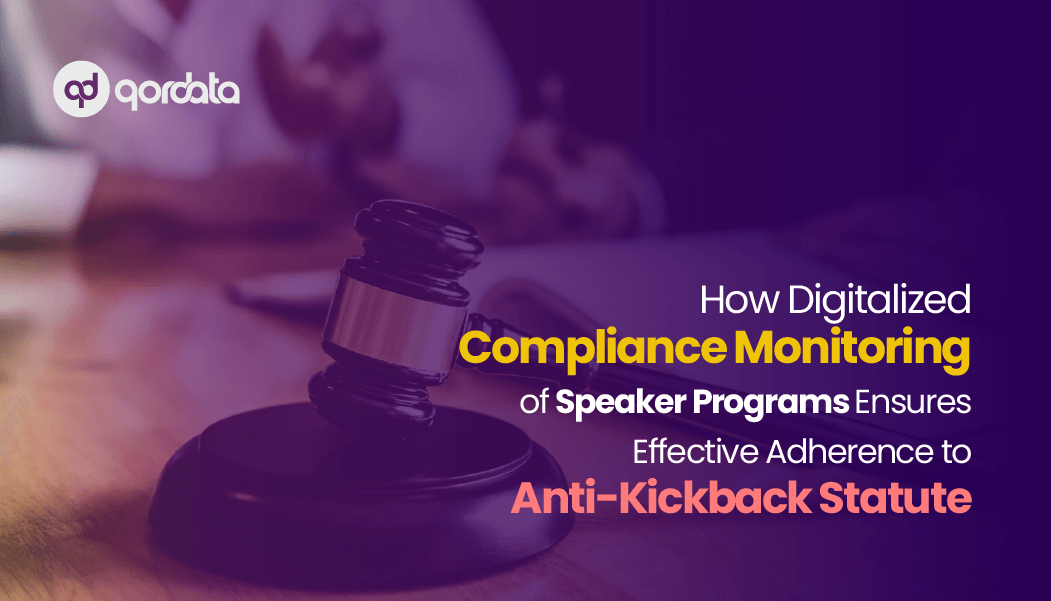The approach towards data privacy in the EU makes consideration towards consent revocation an imperative.
If a physician revokes consent, individual versus aggregate spend figures need to be recalculated, and they will show the corresponding changes. Thus, historical consent rate figures may not be an accurate indicator of transparency in that specific market or even attitude shifts toward transparency.
Interest groups that don’t examine consent from this angle tend to make hasty judgments on transparency.
The fourth estate is a repeat offender, often citing (or misrepresenting) published data as a way of drawing public attention to “Big Pharma’s Big Money.”
Not only does this present a distorted view of pharmaceutical spend activity to the public, but it also discourages relatively open HCPs from allowing their TOVs to be published in non-aggregate.
Situations like these look like Catch-22 decisions for well-meaning but discrete stakeholders, the public sector being one.
Should the government get involved in the “disclose/don’t disclose” decision? This would, of course, also answer the question of whether disclosure should be voluntary or state mandated.
Consent (in most markets across the EU) is still to be provided of free will. Mandatory publication would take this right away from HCPs, as has been the case in Spain.
And finally, what is often overlooked in the consent debate is who is responsible for consent management. Team qordata works with pharmaceutical companies (drug and device manufacturers) across the globe, and it can testify that such organizations work very hard to collect and maintain HCP publication consent.
An inability to get timely consent isn’t always the pharmaceutical company’s fault. Especially when some physicians withhold consent because they simply have a right to.
The ‘peer effect’ also comes into play. Some physicians may be willing and driven to contribute to pharmaceutical transparency efforts. But might get discouraged after observing how few (or none) of their colleagues agree with them in the publication debate.
Consent limits and consent revocation also stand in the way of making these figures standalone measures of transparency. This has led to the phenomenon of ‘No Consent/No Contract’, which we will discuss in subsequent qordata publications.



